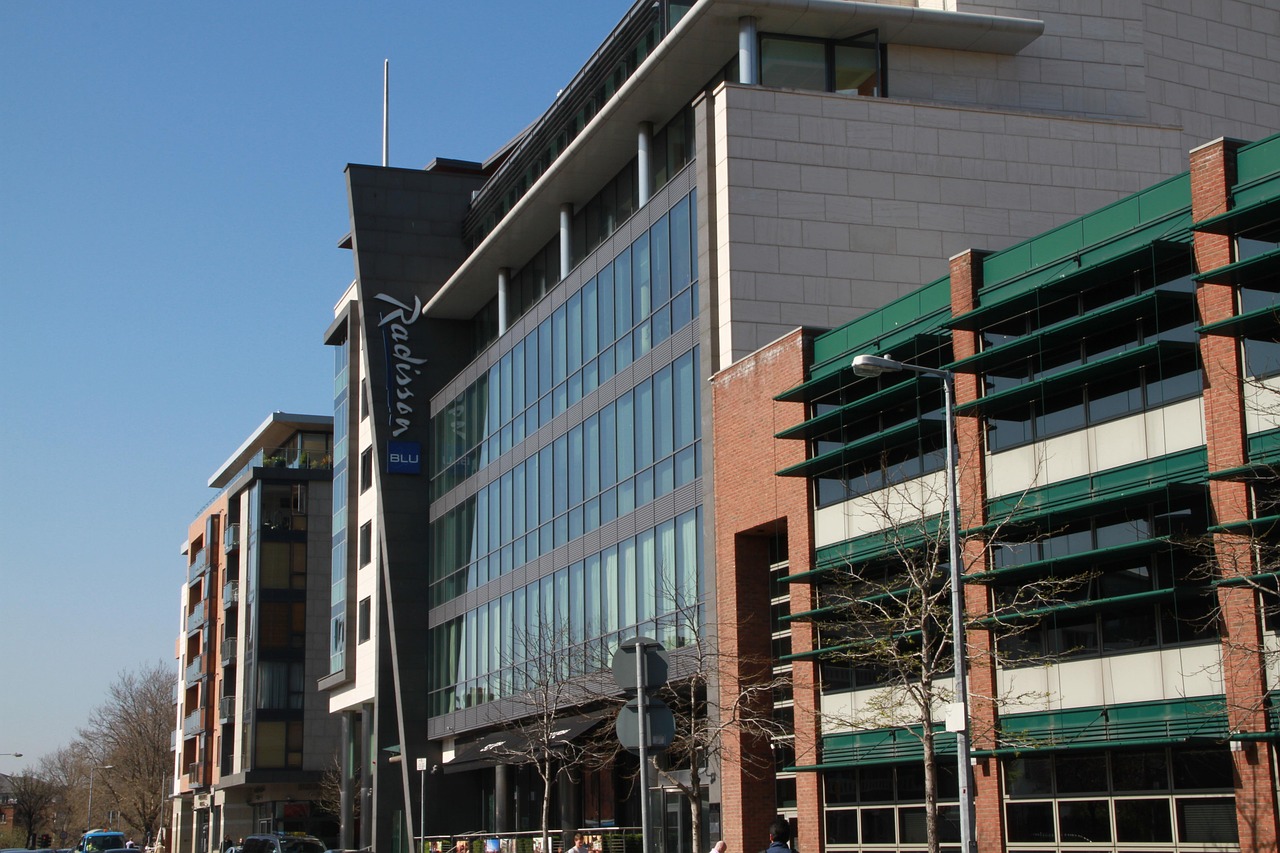The Hidden Costs Tenants Often Overlook in Property Agreements

Many tenants assume landlords handle all maintenance. However, commercial leases often shift these duties to the tenant. If you're leasing space, clarify who is responsible for handling plumbing, HVAC, and structural repairs. These costs can become significant over time. Even minor maintenance costs, such as light bulb replacements or janitorial services, may be passed on to you in the agreement.
Understanding the lease language protects your budget when considering leasing commercial property. This post details the operating expenses and common area maintenance fees, insurance requirements, and more.
Operating Expenses and Common Area Maintenance (CAM) Fees
Tenants often overlook common area costs. CAM fees can include landscaping, snow removal, and shared utility services. These are typically calculated monthly or annually and distributed among tenants based on the square footage they occupy.
Some leases are "triple net," where you also pay taxes and insurance. This can drastically increase your monthly expenses. When assessing commercial property for leasing, always ask about these additional fees and how they are calculated.
Insurance Requirements Beyond the Basics
Leases often require tenants to carry specific insurance, including general liability, property, and even business interruption coverage. If not clearly stated, you might buy policies that don't meet your landlord's requirements. That can delay move-in or increase premiums. Make sure your insurance provider reviews the lease terms before committing to avoid future financial surprises.
Utility Costs Not Always Shared Equally
Utility usage is another hidden cost that can vary depending on how the property is metered. If the space lacks individual meters, you may pay more than your fair share based on estimations. Discuss utility billing with the landlord to understand if you're responsible for electricity, water, and heating individually or jointly.
Tenant Improvement (TI) Allowances May Be Limited
Some properties offer a TI allowance to allow customization of the space. However, the amount may not cover the full cost of the build-out. You could end up paying thousands out of pocket for upgrades that the landlord approves but doesn't fully fund. Clarify what's included in any tenant improvement package before signing the lease.
Renewal Terms and Rent Increases
Many tenants focus on the initial rent, forgetting to ask about future increases or renewal terms. Leases may include annual increases based on CPI or fixed percentages. These can strain your cash flow in the long term. Always calculate the potential rent over the whole lease period when considering any commercial real estate for lease.
Signage and Branding Restrictions
Some tenants are surprised to learn that signage isn't included in the lease or is highly regulated by building management. Additional costs may include design, permits, and installation fees for approved signs. Ensure the agreement clearly outlines your signage rights and responsibilities to avoid last-minute surprises.
Parking and Access Fees
Some properties charge tenants for reserved parking or after-hours access to the building. If your employees or clients require regular access, these charges can accumulate every month. Always ask if parking or building access comes at an additional cost before committing to a lease.
Endnote
Leasing a commercial property involves more than just paying rent. Always review the fine print and consult a lease professional. Understanding all hidden costs ensures you're prepared financially and operationally throughout your tenancy. A well-negotiated agreement helps avoid future disputes and unexpected out-of-pocket expenses.
Published 6/30/25